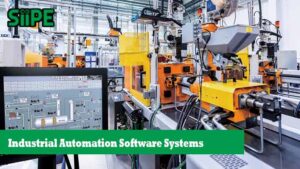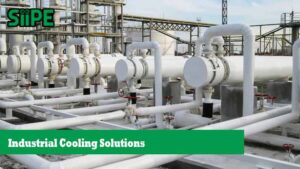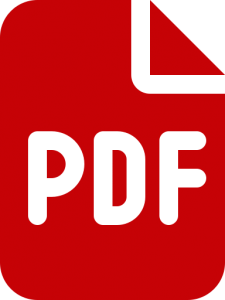In today’s industrial landscape, energy consumption is a significant factor impacting operational costs and environmental footprints. Integrated Energy Management (IEM) offers a comprehensive approach for industries to optimize energy use, reduce waste, and improve sustainability. This method combines technology, processes, and strategic planning to create efficient energy systems tailored for industrial needs.
What Is Integrated Energy Management?
Integrated Energy Management is a holistic approach to monitoring, controlling, and optimizing energy consumption across industrial facilities. Unlike traditional energy management, which may focus on individual machines or departments, IEM looks at the entire energy ecosystem within an organization. This includes electricity, heat, fuel, and renewable sources.
IEM integrates data collection, automation, and analytics to provide real-time insights and enable informed decision-making for energy savings and emissions reduction.
Benefits of Integrated Energy Management in Industry
1. Improved Energy Efficiency
By analyzing energy flows throughout the facility, industries can identify inefficiencies and implement targeted measures. This leads to lower energy consumption without compromising production quality or output.
2. Cost Reduction
Energy costs often account for a large portion of industrial expenses. IEM helps reduce these costs by optimizing usage, preventing waste, and shifting consumption to off-peak times.
3. Environmental Sustainability
Reducing energy waste contributes directly to lowering greenhouse gas emissions and other pollutants, supporting companies’ environmental goals and compliance with regulations.
4. Enhanced Operational Reliability
Better control and monitoring of energy systems reduce the risk of equipment failure caused by power fluctuations or inefficient energy use.
5. Support for Renewable Energy Integration
IEM facilitates the incorporation of renewable energy sources such as solar and wind, balancing traditional and green energy supply for optimal performance.
Key Components of Integrated Energy Management
1. Energy Monitoring Systems
Installing sensors and meters across production lines and utilities enables continuous data collection on energy consumption patterns.
2. Data Analytics and Reporting
Advanced software analyzes collected data to identify trends, anomalies, and opportunities for improvement.
3. Automation and Control
Automated systems adjust energy usage dynamically based on demand, production schedules, and external factors such as energy pricing.
4. Employee Engagement and Training
Educating staff on energy-saving practices and involving them in energy management efforts is crucial for success.
5. Strategic Energy Planning
Developing short- and long-term energy strategies aligned with business goals ensures sustainable energy use.
Implementing Integrated Energy Management: Steps for Industry
-
Conduct Energy Audits
Assess current energy consumption and identify major sources of waste. -
Set Clear Objectives
Define energy reduction targets and sustainability goals. -
Install Monitoring Infrastructure
Equip facilities with meters and sensors to enable real-time tracking. -
Deploy Energy Management Software
Use analytics tools to gain actionable insights. -
Automate Controls
Implement systems that optimize energy use automatically. -
Train Workforce
Encourage energy-conscious behaviors across all levels. -
Review and Improve Continuously
Regularly analyze performance and adjust strategies accordingly.
Case Study: Industry Success with Integrated Energy Management
A large manufacturing plant implemented an IEM system combining smart meters, analytics software, and automated controls. Over two years, the company reduced energy consumption by 18%, saving hundreds of thousands of dollars annually. Additionally, CO2 emissions were cut significantly, improving the company’s environmental footprint and reputation.
Frequently Asked Questions (FAQ)
Q1: Is Integrated Energy Management expensive to implement?
Initial investments vary but are often offset by long-term energy savings and operational benefits.
Q2: Can small and medium industries benefit from IEM?
Yes, IEM solutions can be scaled to fit companies of all sizes.
Q3: How does IEM support renewable energy use?
IEM systems help balance energy demand with intermittent renewable energy sources for efficient usage.
Q4: What software is commonly used for IEM?
Platforms like SCADA, EMS (Energy Management Systems), and IoT-based tools are widely used.
Q5: How long does it take to see results?
Results can often be seen within months but depend on the scope of implementation.
Integrated Energy Management represents the future of energy use in industry by combining technology, strategy, and human involvement to create more efficient, cost-effective, and sustainable operations. Companies adopting IEM will not only save money but also contribute positively to environmental protection and regulatory compliance.











